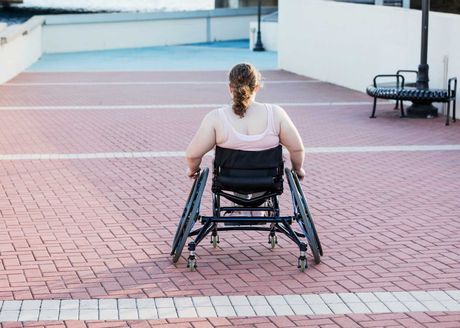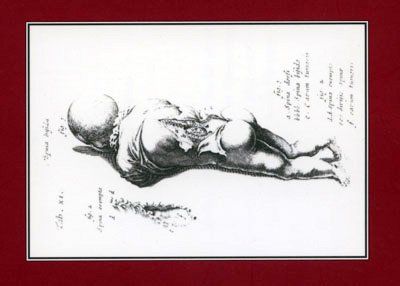What is Spina Bifida?
Spina Bifida is a severe birth defect that is permanently disabling and affecting about 1 in 1,000 newborns.
About Spina Bifida
Spina Bifida occurs when the spine and neural tissue fail to form a closed tube during the first weeks of pregnancy. As a consequence the nerves and the spinal cord are damaged. This results in disabilities ranging from a mild spinal deformation to full or partial paralysis of the legs, bladder and bowel. Spina Bifida is often complicated by Hydrocephalus (or “water on the brain”) which can cause convulsions and mental retardation. Since the damaged nerves cannot be replaced or repaired at present, so far there is no cure for Spina Bifida.
Most causes of Spina Bifida are unknown
What is known is that the likelihood of parents with one affected child having another one with the same disability is very high. In 90 to 95 percent of the cases, however, Spina Bifida takes place in families where there is no history of Spina Bifida.
Since 1985 and onwards, however, big progress has been made regarding causes of Spina Bifida. Small genetic variations in the child and the environmental exposures the mother is subject to (for instance: food intake, especially low folate intake, malnutrition, and smoking) play a key role during the early pregnancy when the spine and neural tissues are formed.


